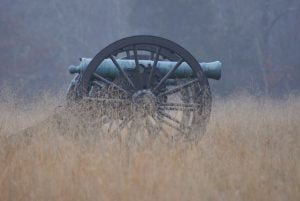Dr. Thomas Miner, born in Westfield, Connecticut, in 1777, graduated from Yale College in 1796. Initially studying law and teaching, he shifted to medicine at 25 under Dr. Osborn in Middletown. He began practicing in 1807 but faced health issues, notably heart disease, which curtailed his career in 1819. Despite this, he contributed significantly to medical literature, co-authoring influential works and earning an honorary M.D. from Yale. A respected linguist and leader in the medical community, he served as president of the Medical Society of Connecticut before his death in 1841 at age 64.



